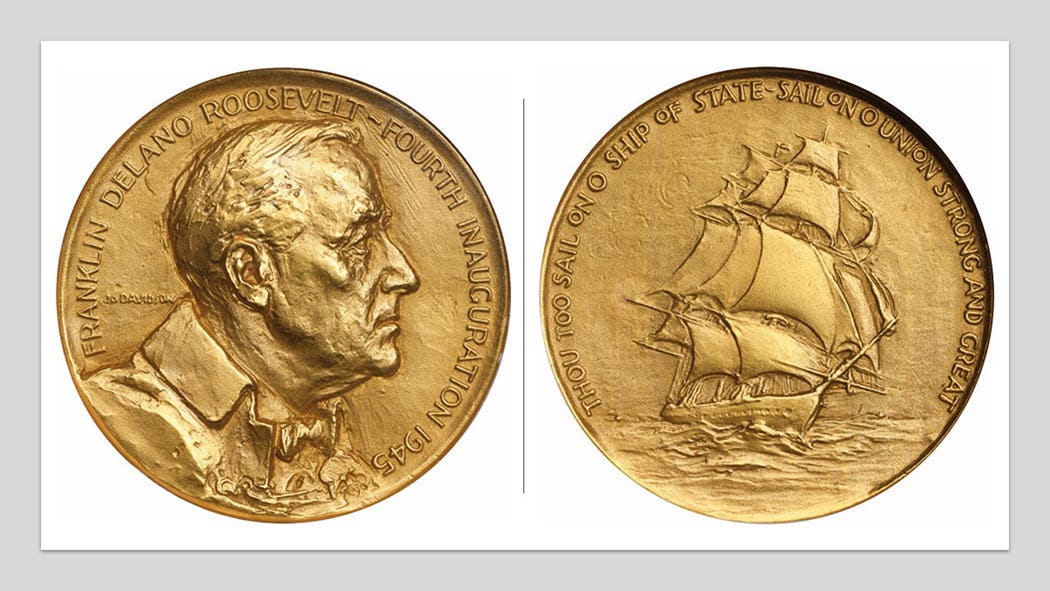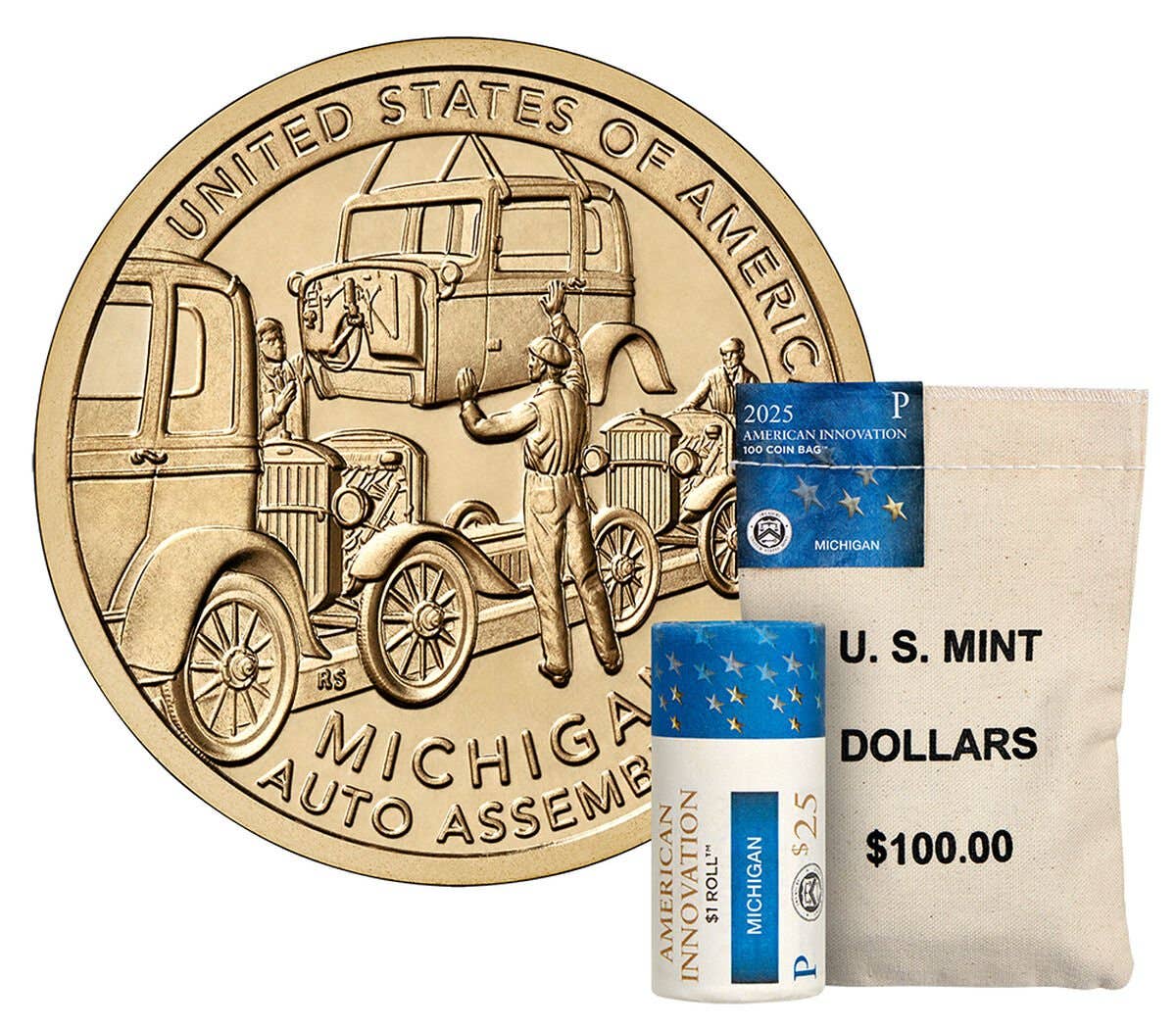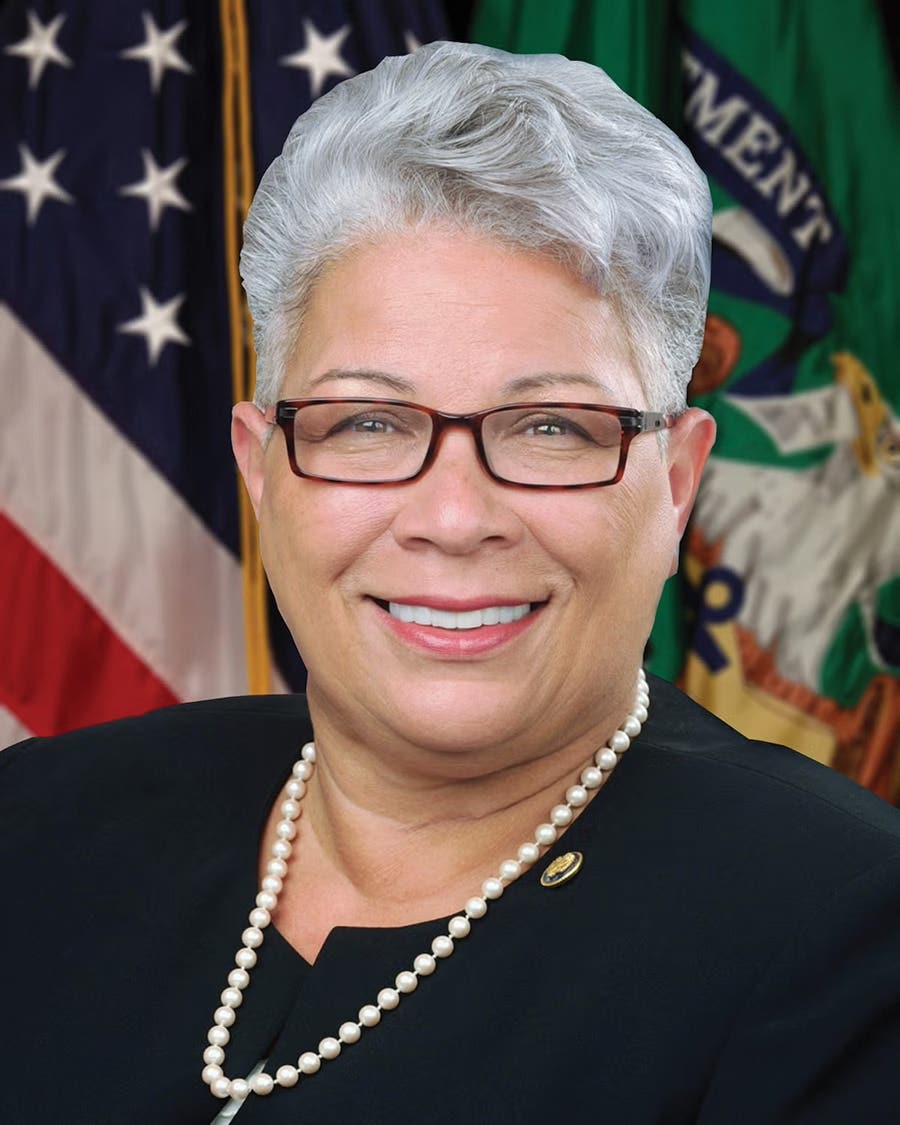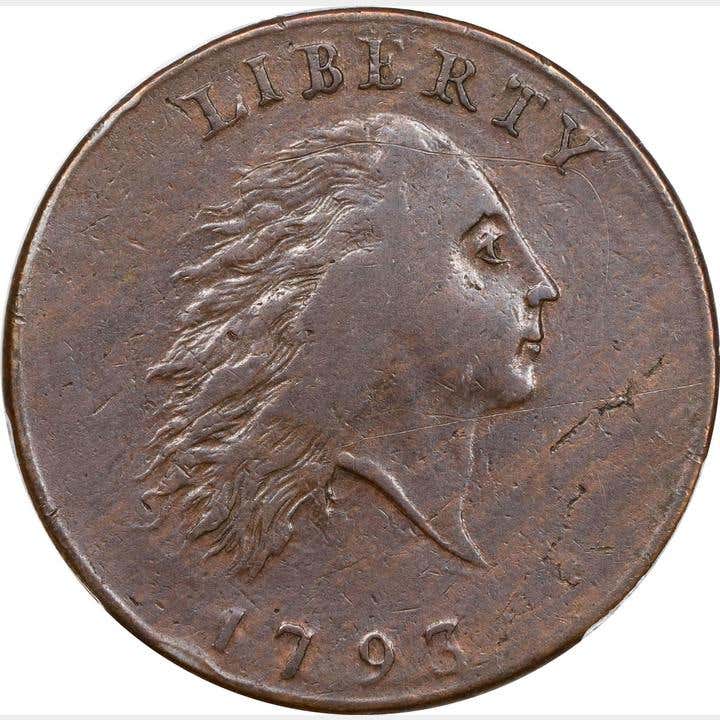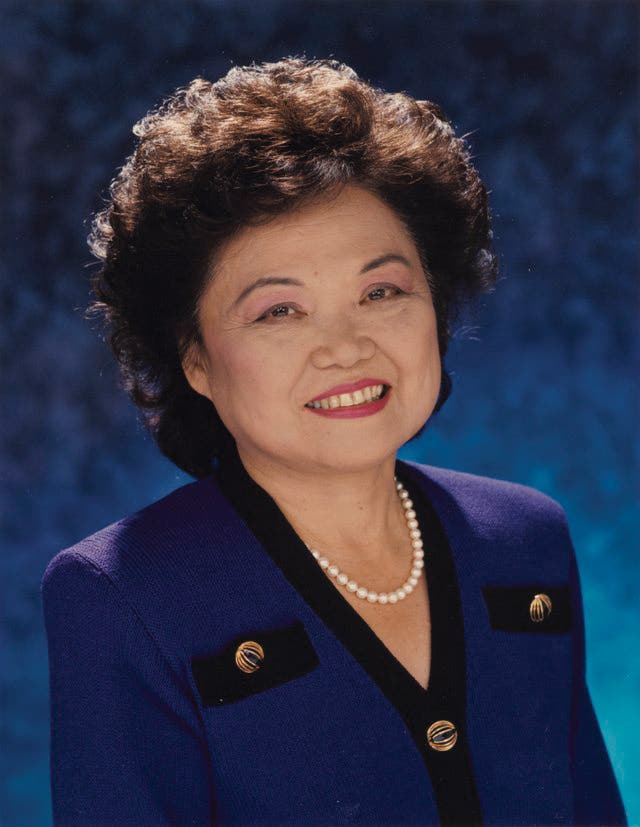Century-Old $1 Gold Collection Assembled by Henry Chapman Revealed
“I was truly in awe as I reviewed each coin, one at a time. I knew then that this collection could truly be a national treasure.” -Luis Martinez
Matador Rare Coins in New York City has revealed a previously unreported, nearly complete date set of 19th-century United States $1-denomination gold coins assembled by legendary Philadelphia dealer Henry Chapman.
Stored until recently in a Philadelphia bank vault and safe deposit boxes for more than a century, the formerly hidden collection has 51 Liberty Head and Indian Princess Head dollars struck between 1849 and 1889, as well as eight U.S. commemorative gold dollars struck in the first decades of the 20th century.
The set, now described as The Henry Chapman Collection of $1 Gold, has been owned and securely stored for generations by a Philadelphia-area family. The current owners thought their ancestors’ coins might be worth about $50,000, but they are now insured for $2 million, according to Luis Martinez, founder and president of Matador Rare Coins. He is working with the set’s owners, who want to remain anonymous.
“Chapman personally began assembling this collection for a banking family in 1899, and the coins have remained in the family’s possession continuously for generations,” said Martinez. “The set includes several coins among the finest-known examples of their kind today, and there are gold dollars struck at the Charlotte, Dahlonega, New Orleans, Philadelphia, and San Francisco Mints.
“When I received the coins, I carefully reviewed each example. Housed in the original envelopes from Henry Chapman’s shop in Philadelphia, a number of the coins carried exuberant eye appeal. I was truly in awe as I reviewed each coin one at a time. I knew then that this collection could truly be a national treasure,” stated Martinez.
All the coins are now certified by the Professional Coin Grading Service (PCGS) with the Chapman pedigree indicated on the encapsulated insert label.
“PCGS is proud to have been able to unite these coins with their impressive pedigree at the September 2023 Long Beach Expo,” said Stephanie Sabin, PCGS president. “This historic collection boasts not only magnificent rarities and grades, but also hails from the cabinets of renowned collector Henry Chapman. Preserving the coins themselves and their history is an honor.”
“The grading results were beyond my expectations with a number of the coins reaching the finest-known tier,” said Martinez. “When I shared the results with the owners, they were astonished and filled with disbelief. A collection they would have sold for about $50,000 could now potentially bring in well over seven figures at auction!”
Among the highlights are an 1863 gold dollar graded PCGS MS-68 CAC, which is tied for finest known; an 1881 graded PCGS PR-66 Deep Cameo, which is tied for finest known among the remaining survivors of only 87 struck; an 1884 graded PCGS PR-67+ Cameo CAC, which is tied with one other for finest known; and an 1887 gold dollar graded PCGS MS-67+ CAC. An example of the 1875 $1 gold—with a small mintage of only 400 -- is graded PCGS AU-58 CAC.
“The U.S. began making $1 gold pieces in 1849, a year after the start of the California Gold Rush,” explained Martinez. “A little smaller than a modern U.S. dime, the gold dollars were struck over the years with three different designs – Liberty Head from 1849 to 1854, Indian Princess Small Head from 1854 to 1856, and the Indian Princess Large Head type from 1856 to 1889.”
Over the years and at various times, five mints were involved in striking $1 gold: Charlotte, N.C.; Dahlonega, Ga.; New Orleans, La.; Philadelphia, Pa.; and San Francisco, Calif.
The commemorative gold coins in the collection include a 1903 Louisiana Purchase McKinley graded PCGS MS-68, which is tied for the finest known, a 1905 Lewis and Clark graded PCGS MS-67, a 1915-S Panama-Pacific graded MS-67, a 1917 McKinley graded PCGS MS-67, and a 1922 Grant With Star variety graded PCGS MS-67+ CAC.
According to Martinez, additional, specific information about each of the coins in The Henry Chapman Collection of $1 Gold will be released soon.
John Albanese, founder of CAC, was surprised to learn about the long-concealed gold dollars and then view them in person: “I’ve been around the numismatic block a few times since the 1970s and thought we’ve seen probably everything there is to see in great collections. I almost fell off the chair when these coins came in. It’s nice to know there are still great coins out there. It gives us hope.”
Henry Chapman and his brother Samuel Hudson (S.H.) Chapman were well-known late 19th—and early 20th-century Philadelphia coin dealers and auctioneers. Numismatic bibliographer Pete Smith describes the Chapman brothers as “the first career coin dealers in the United States” who were “innovative with the use of photographic plates to illustrate their catalogs.”
For more information about the set, contact Matador Rare Coins by phone at (877) 757-3665 or visit the website.
You may also like:




